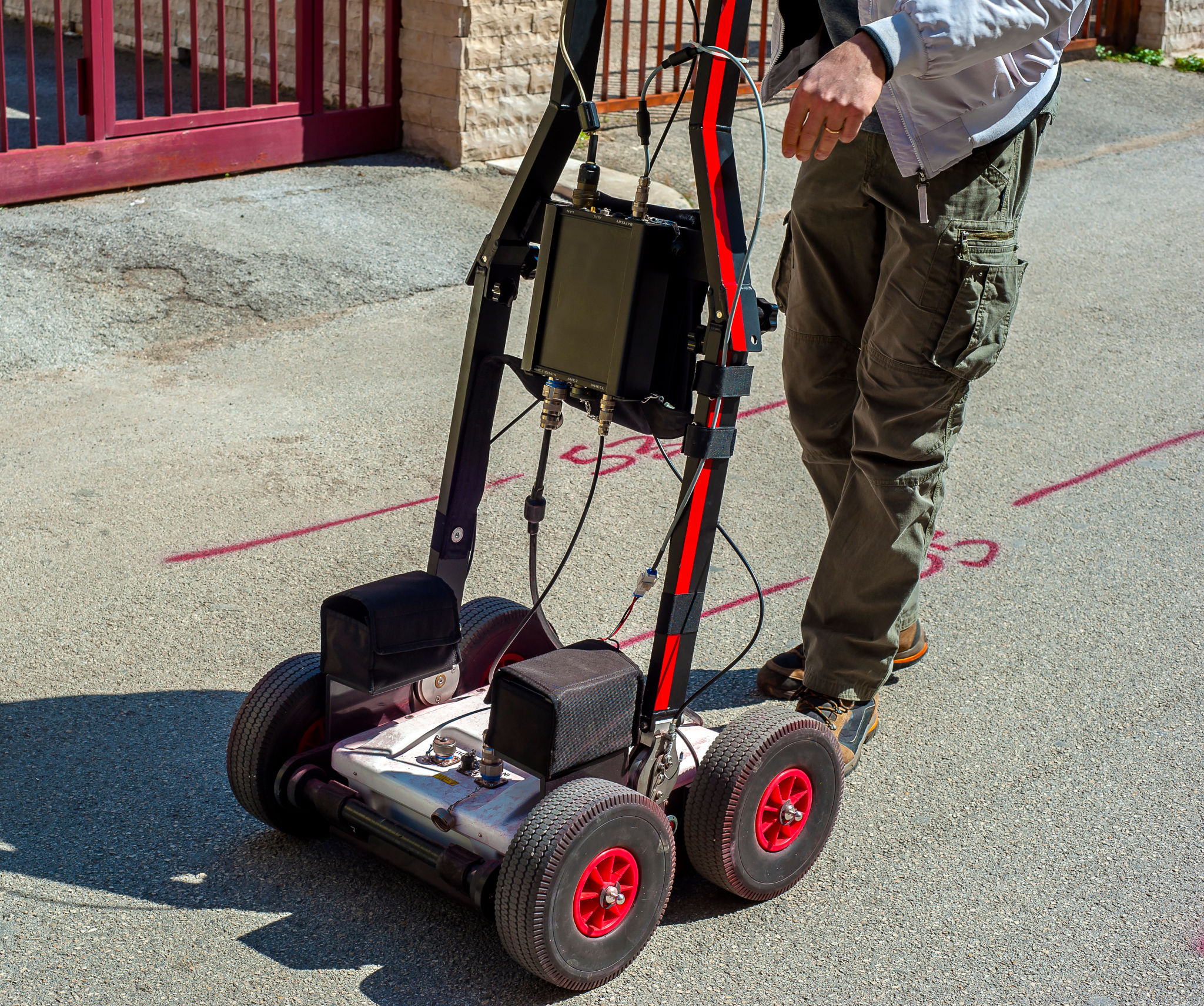Case Study: Successful Utility Detection with GPR in Urban Areas
Introduction to Utility Detection with GPR
In the fast-paced development of urban areas, efficient utility detection is crucial for ensuring the safety and success of construction projects. Ground Penetrating Radar (GPR) has emerged as a valuable tool in accurately identifying subsurface utilities without invasive digging. This technology uses radar pulses to create images of the subsurface, providing critical data to engineers and construction teams.

Challenges of Urban Utility Detection
Urban environments present unique challenges for utility detection. The dense network of underground utilities including gas lines, water pipes, and electrical conduits requires precise mapping to avoid costly damages and delays. Traditional methods often fall short due to their invasive nature and potential for inaccuracies in complex underground settings.
GPR offers a non-destructive solution, allowing teams to detect utilities without disturbing the surface. Its ability to penetrate various materials like soil, concrete, and asphalt makes it especially effective in urban settings where diverse materials are often encountered.
Case Study: Successful Implementation
In a recent case study, a major metropolitan city implemented GPR technology during a large-scale infrastructural upgrade. The project required mapping extensive underground utilities to ensure the safe installation of new subway lines. GPR was chosen for its ability to provide accurate and real-time data.

The results were impressive, with GPR successfully identifying over 95% of existing underground utilities. This accuracy significantly reduced the risk of accidental damage during construction, saving both time and resources. By using GPR, the project team could focus on strategic planning rather than reacting to unforeseen issues.
Benefits of Using GPR
The case study highlighted several key benefits of using GPR for utility detection:
- Non-invasive: GPR does not require digging or drilling, preserving the integrity of the surface.
- High accuracy: Provides clear images that help in accurately mapping utilities.
- Time-efficient: Real-time data collection speeds up the decision-making process.
- Cost-effective: Reduces unexpected costs caused by damages and project delays.
Overcoming Limitations
While GPR is highly effective, it does have limitations such as difficulty in distinguishing between certain types of materials and potential depth limitations. However, advancements in technology continue to address these issues, improving the reliability and depth penetration of GPR systems.

Integrating GPR with other detection methods, such as electromagnetic induction or traditional surveys, can provide a comprehensive overview of the subsurface environment, mitigating any limitations inherent to individual methods.
Conclusion
The successful application of GPR in urban utility detection underscores its value in modern infrastructure projects. As cities continue to grow and evolve, the demand for efficient and accurate utility detection will only increase. By leveraging advanced technologies like GPR, construction teams can enhance safety, reduce costs, and ensure project success.
For urban planners and construction managers, investing in GPR technology represents a commitment to innovation and excellence in urban development practices. As demonstrated by the case study, GPR is not just a tool for today but a necessary investment for the future of urban infrastructure.
